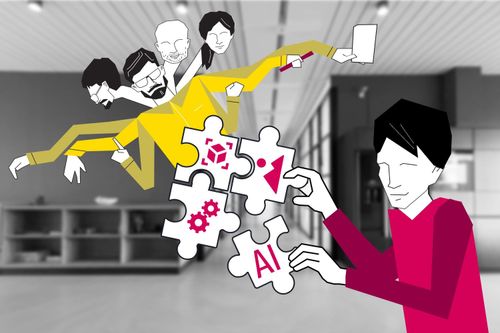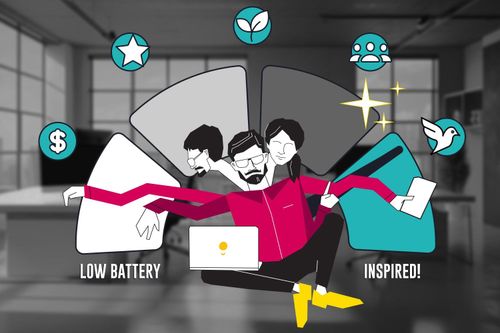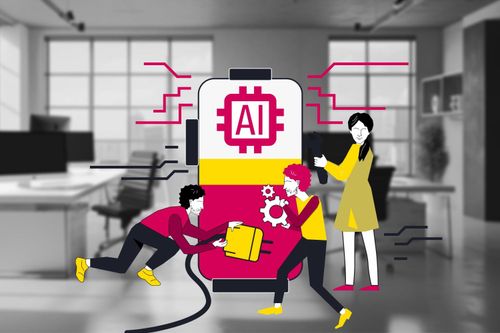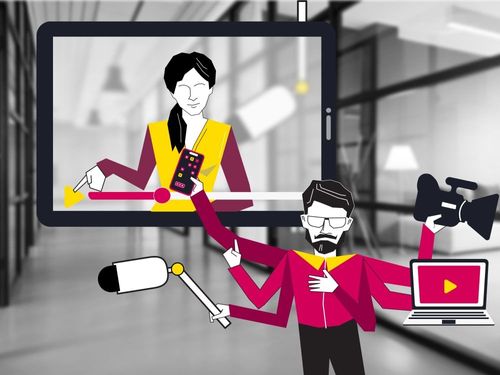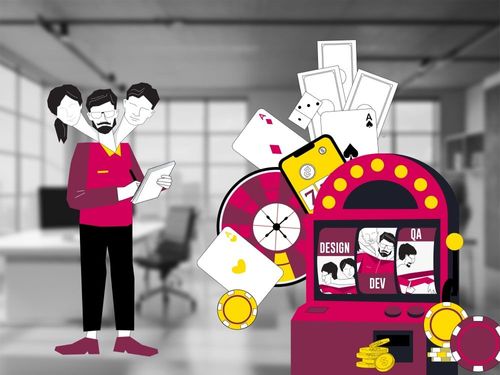
In the last few years, I’ve seen a few managers choose the wrong model for their teams and pay for it dearly. Maybe they were afraid to admit they didn’t understand the differences, or maybe they just flipped the coin, and it fell on the wrong side. What’s certain is that it’s a crucial decision that can dramatically impact your performance.
As the CEO of a company that offers both these services and outstaffing (I’ll describe the differences in a bit), I am very invested in my customers choosing the right model for the right reasons because our mutual success depends on it.
So here’s a short breakdown of the models and the reasons to choose them.
What is Staff Augmentation?
Imagine working on a new app and needing an extra developer for six months. You hire a developer through a staff augmentation service. They join your daily stand-ups, follow your team’s coding guidelines, and report directly to your project manager.
This model shines when you need specific skill sets to join the team’s daily rhythm, especially for projects where hands-on collaboration and direct control are crucial.
Key aspects:
- Temporary or project-based: Ideal when you need specific skills or extra help for a short time.
- Direct management: You manage their tasks, hours, and output.
- Integration: They operate as part of your internal team, participating in your meetings, using your tools, and following your company’s way of working.
Think of staff augmentation as “renting” extra hands temporarily, like freelancers or contract workers, but with specific skills you lack in-house. These workers act as extensions of your own team. You handle day-to-day management and ensure they work according to your company’s processes and workflows.
What is Outsourcing?
Suppose you need a new website. Instead of hiring developers through staff augmentation or outstaffing, you outsource the entire project to a web development agency. They design, develop, and deliver the website based on agreed specifications. You don’t manage individual tasks or team members; ensure the final product meets your standards.
Key Aspects
- End-to-end ownership: You hand over a complete function (e.g., customer support, payroll, or IT maintenance) or project (e.g., a marketing campaign or product development) to the outsourcing provider.
- Independent management: The provider manages its team and processes to deliver the agreed results.
- Low integration: The outsourced team is often fully separate, working off-site and using their systems and processes.
- Defined deliverables: Outsourcing is usually structured around deliverables, SLAs, or milestones rather than integrating into your day-to-day operations.
Outsourcing is like “contracting out” a whole function or project to an external company. With outsourcing, you don’t just bring in people to fill roles; you hand over responsibility for a specific outcome or service. The external company manages both the personnel and the process, delivering results rather than working under your direct supervision.
What is Outstaffing?
Let’s say you need a dedicated marketing team to work on your campaigns for a year. You engage an outstaffing provider to supply you with a team of marketers. They focus only on your projects, but if there are any administrative issues or if they need extra training, that’s handled by the outstaffing company, not you.
Key Aspects
- Long-term engagement: Outstaffing is often used for ongoing, indefinite needs.
- Indirect management: You control their priorities and workload, but the provider handles logistics like payroll, HR, and any hiring issues.
- Less integration: They work more independently, and you don’t manage all the finer details of their employment.
Outstaffing is more like “leasing” a team (or an individual) from another company. The team stays officially employed by the provider but works full-time on your projects. You can assign tasks, but the outstaffing provider handles administrative and HR matters.
Staff Augmentation vs. Outsourcing vs. Outstaffing: Which Model Fits Your Team Best?
| Feature | Staff Augmentation | Outstaffing | Outsourcing |
| Goal | Add specific skills or extra hands temporarily | Gain dedicated, full-time support from a third-party team | Complete project or function ownership |
| Control Over Work | You manage the individuals directly | You assign tasks, but the provider manages admin | Provider manages all aspects, delivering outcomes |
| Integration Level | High—works within your team’s processes | Medium—works for you but with provider’s HR/admin | Low—separate team with its own processes |
| Duration | Typically short-term or project-based | Typically long-term or indefinite | Variable, often project or SLA-based |
| Management | You manage the day-to-day | Provider handles admin, you handle task priorities | Provider manages their team independently |
| Ideal For | Temporary skill gaps or quick project help | Long-term dedicated support without adding to headcount | Outsourcing non-core functions or full projects |
Still a bit confused? Yes, you are right - there’s a serious overlap between the models, especially between outstaffing and staff augmentation.
Don’t worry about it though - schedule a call with us, and let’s work together on building the optimal model just for you. We are as flexible as it gets.
Like this article? Follow me and Smartexe for more insights on leadership, tech recruitment, and building high-performance teams.

